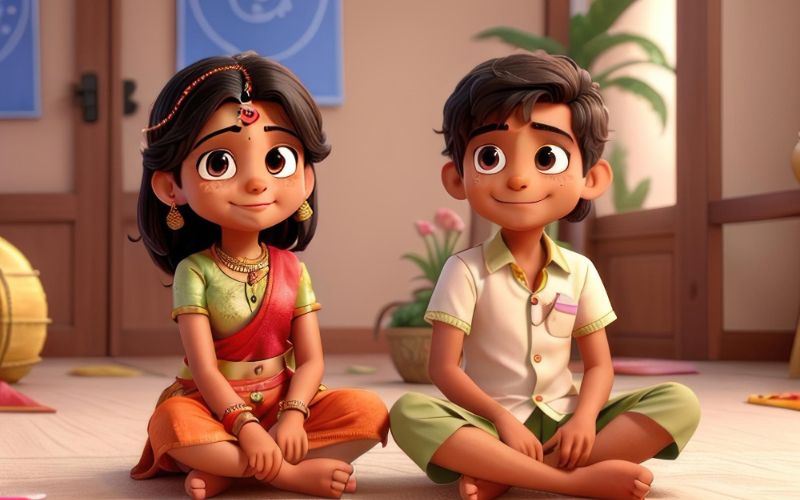The art of creating realistic and captivating animated sequences requires a deep understanding of the intricacies involved in combining creativity with technical skills. A successful animation not only entertains but also evokes emotions and tells a compelling story through visual artistry. Through the use of advanced software and expert techniques, animators can create immersive worlds that transport viewers to new dimensions. This blend of creativity and technical acumen is at the heart of producing truly mesmerizing and unforgettable animated sequences.
In this blog, we will look at some of the key intricacies of 3D animation that demand your attention.
The Fundamentals Of 3D Animation
- Timing and Spacing: Understanding the principles of timing and spacing is crucial for creating smooth and realistic movement in animations.
- Squash and Stretch: Utilizing squash and stretch techniques can add dynamism and impact to character movements and object interactions.
- Anticipation: Incorporating anticipation into animations helps build tension and prepares the audience for upcoming actions.
If you are looking for a 3D animation institute in Kolkata to enhance your animation skills, there are several reputed institutes to choose from.
Rigging and Character Animation
- Joint Orientation: Properly aligning the joints in a character’s rig is essential for natural and fluid movement.
- Skinning: Paying attention to the skinning process ensures that character meshes deform realistically during animation.
- IK/FK Controls: Understanding the use of Inverse Kinematics (IK) and Forward Kinematics (FK) controls influences the control and flexibility of character movements.
Texturing and Lighting In 3D Animation
- Material Creation: Carefully crafting materials and textures can enhance the realism and visual appeal of 3D models.
- Shading and Lighting Setups: Experimenting with different shading and lighting setups can dramatically alter the look and mood of a scene.
- Understanding Light Behavior: Having a grasp of how light interacts with different surfaces and materials is crucial for achieving convincing and immersive environments.
Keyframe Animation vs. Motion Capture
- Precision in Keyframe Animation: Keyframe animation allows for precise control over character movements and expressions, enabling animators to convey specific emotions and actions.
- Realism in Motion Capture: Motion capture can bring a level of realism by capturing the nuances of human movement, making it ideal for lifelike character animations.
Rendering and Post-Production
- Rendering Settings: Paying attention to resolution, frame rate, and output format during rendering impacts the final visual quality of animations.
- Compositing and Color Grading: Post-production tasks like compositing and color grading can enhance the overall look and feel of the animation.
- Utilizing Post-Production Software: Familiarizing oneself with software like Adobe After Effects or Nuke can elevate the final output of 3D animations.
Optimization and Performance
- Reducing Rendering Complexity: Optimizing polygon count, texture resolution, and animation complexity can improve rendering times and real-time performance.
- Utilizing Optimization Techniques: Implementing level of detail (LOD) optimization, instancing, and texture atlasing contribute to smoother playback and improved performance.
Collaboration and Feedback
- Effective Communication: Clear and efficient communication within a team is essential for ensuring smooth collaboration throughout the animation pipeline.
- Valuing Feedback: Seeking and incorporating constructive feedback from peers, mentors, or clients can provide valuable insights and contribute to the growth of animators.
Which Is The Best 3d Animation Institute In Kolkata?
If you want to get yourself enrolled in best 3d animation institute in Kolkata then George Animatrix is the best choice for you. Our institute has a team of experienced instructors who are well-versed in the latest industry trends and techniques. The institute’s curriculum is designed to cover both the technical and creative aspects of 3D animation, giving students a well-rounded education.
Conclusion
In conclusion, mastering the intricacies of 3D animation requires a deep understanding of various technical and artistic aspects. By paying attention to details like rigging, texturing, lighting, keyframe animation, rendering, optimization, and collaboration, animators can create visually stunning and compelling animations. Whether you are a beginner or a seasoned professional, continuous learning and practice are essential for honing your skills and staying ahead in the ever-evolving field of 3D animation.


